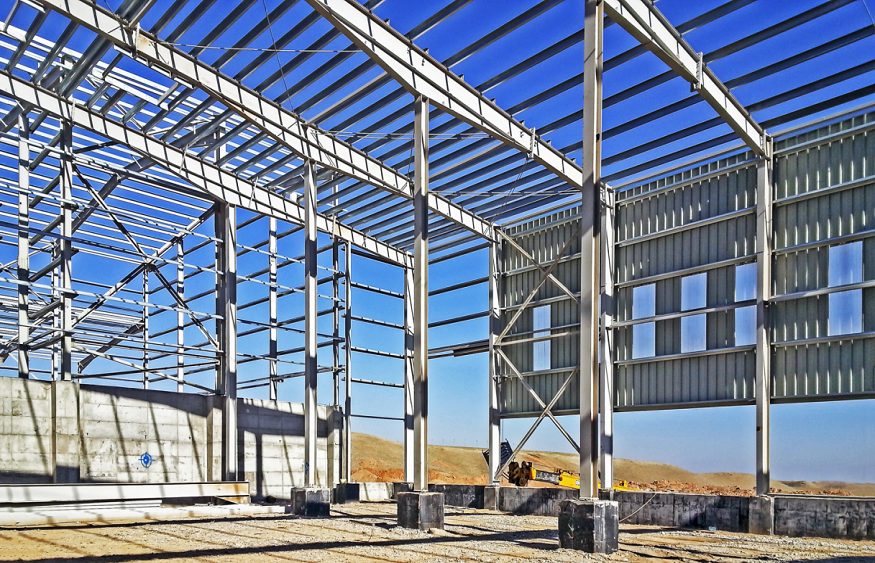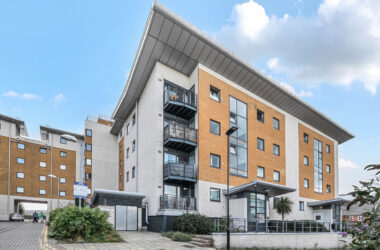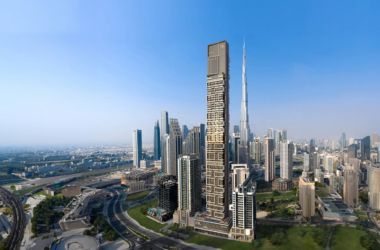Steel and concrete are two widely used materials for various applications, such as homes, bridges, and buildings, in the construction industry. However, it’s essential to understand the differences between these two materials to choose the right one for your construction project.
Steel, an alloy of iron and carbon, is known for its strength, durability, and flexibility. On the other hand, concrete is a mixture of water, cement, sand, gravel, and sometimes other additives like fly ash or slag cement. While concrete may seem sturdier than steel due to its mass per square inch, it doesn’t have inherent tensile strength like steel, and it requires reinforcement bars for most applications.
What Is Reinforced Concrete?
Reinforced concrete refers to concrete that has reinforcing bars or steel rods incorporated in it to enhance its strength. This type of concrete is commonly used in various applications, such as building foundations, floors, bridges, roadways, dams, walls, tunnels, parking structures, and swimming pools. Its high durability and strength make it a popular choice for construction projects that require a robust and long-lasting material.
Reinforced concrete offers numerous advantages over traditional materials. Its increased tensile strength allows it to support greater weight without breaking, making it ideal for buildings with heavy items such as plumbing or HVAC systems. With a higher melting point, reinforced concrete is less likely to burn, providing improved fire resistance in fire-prone areas like factories or warehouses storing flammable chemicals. Additionally, its durability results in fewer weathering-induced cracks, lowering maintenance costs over time.
Difference Between Under Reinforced and Over Reinforced
In constructing reinforced concrete structures, achieving a suitable balance between materials is crucial to ensuring safety, durability, and cost-effectiveness. The terms ‘under-reinforced’ and ‘over-reinforced’ are often used in this context, and comprehending the differences between them is vital for engineers and construction professionals.
Under Reinforced
An under-reinforced concrete structure implies that the steel reinforcement is inadequate to bear the full load exerted on the structure. This means the steel reinforcement reaches its yield strength before the concrete reaches its ultimate compressive strength. This approach is generally considered favorable in terms of safety since it leads to a gradual failure of the structure, allowing for visible signs of distress, such as cracking and deflection, to emerge before the ultimate failure occurs.
Over Reinforced
On the other hand, an over-reinforced concrete structure has an excess amount of steel reinforcement compared to what is needed to bear the imposed loads, causing the concrete to reach its ultimate compressive strength before the steel reinforcement yields. This can be problematic since it may result in a sudden and catastrophic failure of the structure without any prior warning signs.
Designing safe and efficient reinforced concrete structures requires finding the ideal balance between under and over-reinforcement. A well-designed structure ensures that the concrete and the steel reinforcement work together effectively to bear the imposed loads without one material reaching its ultimate strength before the other. This balance optimizes the use of materials, resulting in cost savings and improved structural performance.
Why Do People Prefer Steel Construction Over Concrete Buildings?
There are multiple reasons why steel construction has become more popular than traditional concrete buildings. One significant advantage is the reduced construction time, as steel frame structures can be pre-engineered off-site and quickly assembled on-site, saving time and labor costs. Steel also offers greater design flexibility, allowing architects and engineers to create more intricate shapes and open spaces. Moreover, its high strength-to-weight ratio allows for lighter and more slender structures without compromising stability. Sustainability is another factor, as steel is recyclable and often requires less maintenance, leading to long-term cost savings and reduced environmental impact compared to concrete.
Steel House Construction Cost in India
Steel house construction is becoming increasingly popular in India due to its durability, cost-effectiveness, and eco-friendliness. However, the cost of constructing a steel house in India depends on several factors, such as the size of the house, the quality of the steel used, and the location of the construction site. The average cost of constructing a steel house in India ranges from Rs. 450 to Rs. 800 per square foot, depending on the above-mentioned factors.
Tata steel Aashiyana
Tata Aashiyana, a renowned name in the construction sector, offers an array of premium steel materials catering to diverse construction requirements. Their extensive product line comprises rebars, wires, and pipes, all known for their exceptional durability and strength. This makes them the perfect choice for constructing robust steel structures that endure harsh weather and heavy loads. Here are some products:
- Tata Tiscon 550SD rebars: As India’s first GreenPro-certified rebar, it’s crafted from pure virgin iron ore and steel, offering superior strength, ductility, and increased load-carrying capacity. Its enhanced earthquake resistance ensures added protection for your construction projects.
- Tata Structura Hollow Sections: Tata Structura Hollow Sections are robust and lightweight steel tubes with a hollow cross-section, ideal for construction projects. Manufactured with advanced technology, they have uniform thickness, dimensional accuracy, and a smooth surface finish, making them easy to fabricate.
- TATA Wiron: It offers high-quality steel wire products for construction, agriculture, and fencing. Manufactured using advanced technology and strict quality checks, their products include galvanized wire, barbed wire, chain link fence, and welded wire mesh. These durable products withstand harsh conditions and heavy loads, making them a trusted choice for industrial and agricultural applications.
One of the most notable benefits of Tata Aashiyana’s steel products is their cost-effectiveness. These products deliver affordable solutions for various construction needs, allowing builders to maintain their budgets without sacrificing quality. Additionally, their products are prefabricated, simplifying on-site assembly and reducing labor expenses and construction duration.
The Bottom Line
Ultimately, the choice between steel and concrete depends on the project’s requirements, budget, and desired aesthetics. Therefore, it is essential to consult with architects, engineers, and construction professionals from Tata Steel Aashiyana to determine the most suitable material for your building project. By carefully weighing the advantages and disadvantages of each option, you can make an informed decision that best meets your project’s goals and results in a stable, functional, and visually appealing structure.
Architectural drafting experts play a pivotal role in crafting structures that marry innovation with durability. Their expertise extends to optimizing designs for both steel and concrete buildings, balancing aesthetics and structural integrity. Leveraging their proficiency in precise drafting techniques, these professionals ensure seamless execution, providing architects and engineers with blueprints that breathe life into construction projects.






